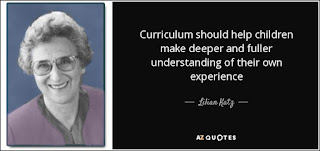UNIT 7-INCLUSIVE CURRICULUM

Under the umbrella of the inclusive education concept, diverse students including the differently-abled are given equal opportunity to education. Irrespective of each student's specific abilities, inclusive education strongly emphasizes educating everyone to give students a sense of belonging. Inclusive education is a way of teaching that fits the needs of all students, preventing any child from being left out, regardless of aptitude or accommodation needs. In other words, neither discrimination nor segregation exists since the detrimental effects of separating disadvantaged children from their peers outweigh any potential positive effects. For inclusive education, schools should be equipped with all required facilities, equipment, and occupational therapists to improve classroom teachers' independence in implementing occupational therapy practices while increasing their awareness of students' needs in educational contexts child is special and unique in their way, and giv...





